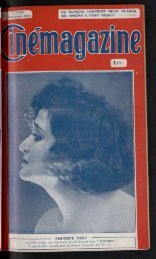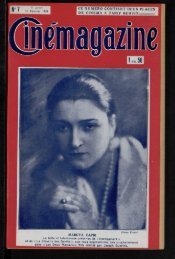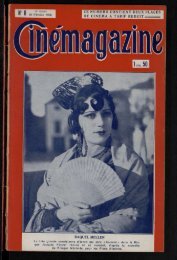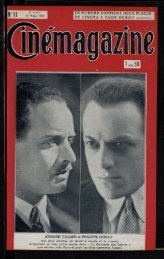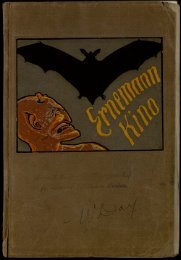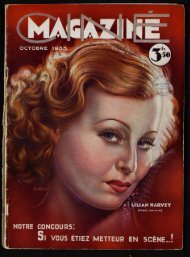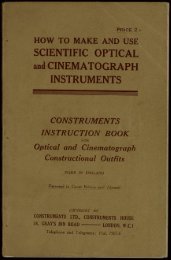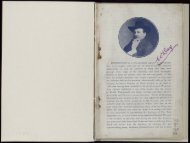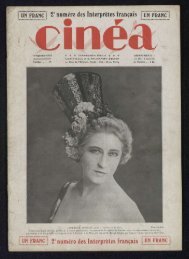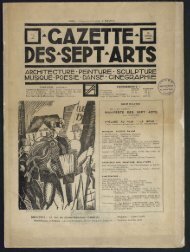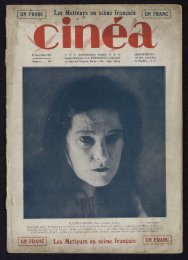Untitled
Untitled
Untitled
You also want an ePaper? Increase the reach of your titles
YUMPU automatically turns print PDFs into web optimized ePapers that Google loves.
36 MODERN MAGIC LANTERNS.<br />
met with was due to the rapid cooling of the ether by its<br />
evaporation, which, since the lower the temperature the less<br />
volatile the fluid, soon led to the oxygen passing over without<br />
picking up sufficient vapour. The earlier patterns usually<br />
ignored this difficulty, leaving the operator to warm the<br />
saturator with hot water, a hot brick, or even a lamp, but<br />
later patterns utilise the waste heat from the jet by enclosing<br />
the saturator with the jet itself in the lantern.<br />
The fact that the writer has had no experience with this<br />
form of light is sufficient reason for not dealing with it here<br />
Fig. 28. ARRANGEMENT FOR USING ETHER VAPOUR.<br />
at any length ; but besides this, it is not a form of illumination<br />
which any but skilled lanternists should attempt.<br />
Quite apart from the safety or otherwise of the various<br />
forms of saturator now readily obtainable, ether, an extremely<br />
volatile fluid the vapour of which forms an<br />
explosive mixture with air, in inexperienced hands may<br />
be most dangerous, and is best left alone.<br />
Coal gas by itself was occasionally used in the lantern,<br />
being burnt in a ring or Argand burner, but its heating<br />
power in this form is out of proportion to the light<br />
SATURATORS, INCANDESCENT GAS BURNERS, ETC. 37<br />
obtained, which can easily be surpassed by a petroleum<br />
lamp, and we therefore merely allude to it.<br />
Quite recently another illuminant employing coal gas<br />
alone has been put forward, in the shape of the incandescent<br />
or Welsbach light. In this a Bunsen or feebly luminous<br />
but very hot flame, caused by burning gas which has<br />
previously been mixed with air, is surrounded by a mantle<br />
or gauze-like covering composed principally, we believe, of<br />
zirconia. This at once becomes white hot and emits a<br />
brilliant light, which, while not Etanding comparison, either<br />
in intensity or concentration, with limelight, is still brilliant<br />
enough for many purposes. The system has not, as far as<br />
we know, been adopted in many lanterns, but it possesses<br />
advantages in the shape of simplicity and economy which<br />
may lead to its extended use in the future.



